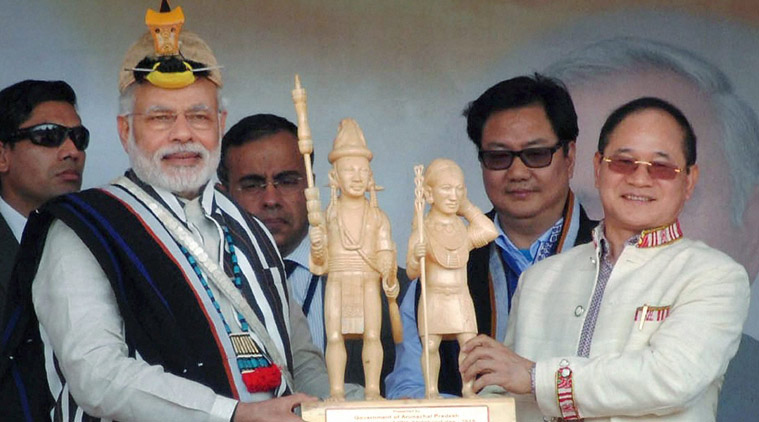Despite five round of talks between India and China, there has been no breakthrough in disengagement talks. Meanwhile, United States has said that it considers Arunachal Pradesh as part of the Indian territory.
“We have our position on some parts of the border which is explicitly clear. For nearly six decades, the United States has recognised Arunachal Pradesh as Indian territory,” senior state department official during a briefing.
He added that the matter is a very “sensitive” one and needs a “diplomatic” settlement. He, however, further said that Washington “opposed” any “unilateral” attempts made to change the established Line of Actual Control (LAC).
“We strongly oppose any unilateral attempts to advance territorial claims by incursions, by military or civilian incursions across the border or across the established LAC. And about the disputed boundaries, all we can say is that we encourage India and China to use their existing bilateral channels to discuss those and not resort to military force,” the official said.
“We’re closely monitoring the situation. The discussion of where the actual border is very sensitive. So, what we have done in the past has supported both sides’ efforts to achieve a diplomatic settlement that can be accepted by both sides,” the officer added.
The US’ statement comes after Beijing provoked India once again saying it has never recognised Arunachal Pradesh with Chinese Foreign Ministry spokesperson Zhao Lijian calling it a “part of China’s south Tibet region”.
Recently, China also said it does not recognise the Union Territory of Ladakh with Chinese Foreign Ministry spokesperson Wang Wenbin claiming that India had “illegally” established the UT of Ladakh and opposed infrastructure development in border areas.
“China does not recognise the so-called UT of Ladakh illegally established by India, and opposes infrastructure construction in disputed border areas for military control purposes,” Spokesperson Wang had said.
On Tuesday, Beijing had also said that it had recognised LAC, proposed in 1959, but New Delhi rejected it as a unilaterally defined boundary.
India’s Ministry of External Affairs (MEA) spokesperson Anurag Srivastava had responded by saying that “India has never accepted the so-called unilaterally defined 1959 LAC. This position has been consistent and well known, including to the Chinese side.”
“It is China which by its attempts to transgress LAC in various parts of the Western Sector tried to unilaterally alter the status quo,” the MEA said.
During the weekly briefing on Thursday, MEA emphasised that both sides should need to “sincerely” implement the agreement reached by the foreign ministers of both the countries in Moscow to ensure disengagement.
While there has been a change in the status quo with the Chinese troops that are now not moving back from the finger areas of Pangong Lake, the two militaries have been in a face-off position for the past many weeks.
Despite a number of diplomatic and military level talks, there has been no de-escalation or disengagement at the LAC between India and China. On the situation in Ladakh, the US is closely “monitoring” the situation.

